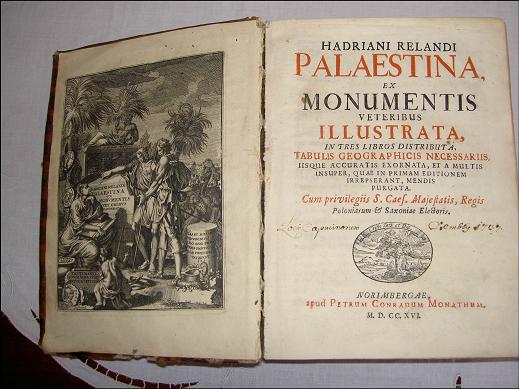From The Radio Times, Thursday, November 24th, 2011, with Marty Moss-Coane:
Sacred Trash: The Treasure Trove of the Cairo Geniza

In the late 1800s, in a Cairo synagogue, a remarkable discovery was made – hundreds of thousands of Jewish manuscripts from the Middle Ages filled a small windowless room. Letters, poems, trousseau lists, prayers, marriage contracts, and money orders were piled high, almost touching the ceiling.
Essayist ADINA HOFFMAN and MacArthur-winning poet PETER COLE have written a recent book about the find: Sacred Trash: The Lost and Found World of the Cairo Geniza.
[In this radio program] They tell Marty about the scholars who brought the long forgotten manuscripts to light and what the documents reveal about the people of the past.
Listen to the mp3
...and from the Jewish Review, 15 Nov 2011, by DEBORAH MOON:
Grant to create multi-lingual online archive of Rabat Geniza

MOROCCAN GENIZA—When Oren Kosansky saw this pile of documents being collected for burial in a Rabat, Morocco, synagogue, he wanted to preserve some of the papers and books for future researchers.
A chance find of documents being collected in a Moroccan synagogue for sacred burial has evolved into a pilot project to create a multi-lingual online digital archive to make documents of a cultural history available to scholars and interested parties worldwide. Now an anthropology professor at Lewis and Clark College in Portland, Oren Kosansky was a Fulbright Scholar in 2005 when he chanced into the Rabat synagogue’s geniza, a storeroom for documents that might contain the name of God, which Jewish law forbids throwing away....Kosansky spent a feverish couple weeks sorting through thousands of old books, letters, invitations, raffle tickets and other scraps of paper before the synagogue buried the remainder in their cemetery. He donated the rescued collection to the Jewish Museum of Casablanca, Morocco.
Last year, Kosansky received a $50,000 grant from the National Endowment for the Humanities to create a digital archive of Morocco’s Jewish textual heritage from the 18th, 19th and 20th centuries as revealed by a sample of those rescued documents. A smaller grant this year from the Memorial Foundation for Jewish Culture will enable him to continue the project through next summer.
In addition to preserving a culture that has been dispersed around the globe in recent decades, the digital archive will also serve as a model for opening any culture’s textual heritage to researchers around the globe.
The first phase was to create archival quality digital photographs to be posted on the web. To date, about 75 percent of the approximately 3,000 documents have been photographed.
Digital archives of the much more extensive Cairo Geniza [see JIW posting above] are also available online—a very important research tool since the 300,000+ document fragments from that geniza are scattered in collections around the world.
...Formerly a French colony, Kosansky said Morocco’s Jewish population peaked at about 250,000 around 1950. Now, fewer than 100 Jews live in Rabat, said Kosansky, noting the population has declined across the North African country.......“The collection as a whole, not the individual books, are important,” said Kosansky. “If books are traveling, it also means people were.”
“The Rabat collection parallels the Cairo connection in that as the Cairo Geniza opened windows of a cosmopolitan Jewish world in the medieval period, the Rabat Geniza can help with understanding the same in the 19th century,” he added.



